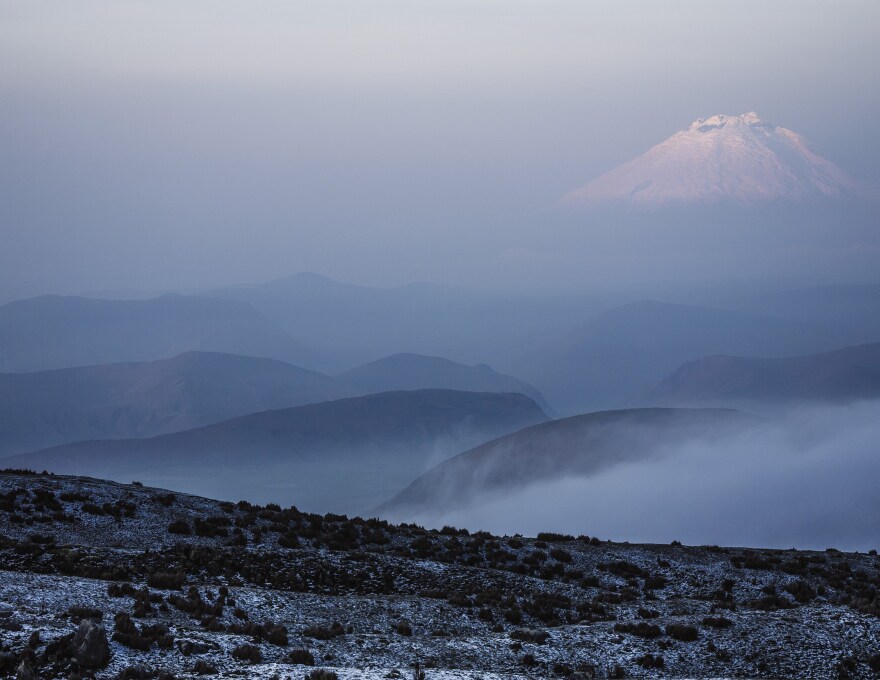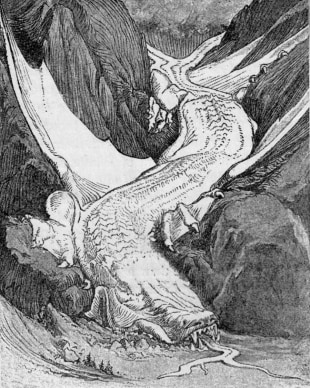Led by Olivier Dangles, researcher in Ecology and Deputy Chief Science Officer at the French National Research Institute for Sustainable Development (IRD), “LIFE WITHOUT ICE” aims at estimating the physical, ecological and socio-cultural consequences in France, the tropical Andes mountains, in Africa and in Indonesia. The project addresses the Sustainable Development Goals (SDG) 15 “Life on Land” and 13 “Climate Action” in particular. Are we ready to live in a world without ice?
« The first project’s challenge is to approach research differently. The second one is to contribute to the collective awareness in order not to accept or adapt but to transform the system completely – from citizens to multinationals or governments. Cause let’s remind ourselves: “There is no planet B”. » Olivier Dangles, researcher in Ecology and Deputy Chief Science Officer at IRD (FR)
Discover the replay of the conference “Are you ready to live in a world without ice?”
Olivier Dangles recently introduced his “LIFE WITHOUT ICE” project through one of our Climate & Biodiversity Initiative conference. Have a look at its summary in the following sketchnote format, and relive Olivier’s keynote by watching the replay on our YouTube channel (French audio, English subtitles).
Glaciers, emblematic victims of climate change
Facing climate change and as global temperature records are set one after the other, glacier retreat has been a major ecological and societal issue over the last decade.
We are now witnessing the first signs of real glacier extinction in many countries. Tropical glaciers – for example, as in the Ecuadorian Andes – are the most at risk and vanishing the most quickly, taking with them millions of years of biological evolution, as well as millennia of human cultural diversity.
According to the various IPCC scenarios (Intergovernmental Panel on Climate Change), by 2100, the glacier mass is expected to decrease by 35% to 55% at the global scale, and by up to 90% in both Europe and tropical regions.
What consequences of a world without ice on biodiversity?
Glaciers extinction will have vital consequences for species adapted to unique glacial conditions.
Indeed, glaciers play a major role in the sustainability of the cryobiodiversity – the biodiversity of animal, plant, aquatic and terrestrial species of periglacial zones. In particular, by providing water and minerals which are essential for life. By disappearing, among others, ice loss could have vital consequences on the hydrological cycle (flooding/ drought), water supply as well as on food supplies for animals and humans.
In addition, the disappearance of glaciers will have serious consequences for human mountain communities living in these regions and having tight cultural and spiritual connections with their glacial environment.
Over the last decades, various disciplines considered independently the consequences of glacier retreat. Yet interdisciplinary studies examining physical impacts of glacier retreat on both ecological and social components simultaneously remain scarce.
© P-Y Joseph / Tulipes & Cie / LIFE WITHOUT ICE / BNP Paribas Foundation
Up until the end of the Little Ice Age (circa 1300-1860), glaciers were advancing several tens of metres each year. The inhabitants of the valley were afraid for their crops and housing, comparing glaciers to dragons coming from the mountains and that must be driven back.
To this day, myths and beliefs surrounding glaciers can still be found across the world. They have become powerful cultural symbols linked to the philosophical and moral dimensions of climate change.
Dragons and glaciers may share a number of similarities in terms of their “relations” with humans. Therefore, the melting of glaciers will have considerable social consequences for mountain communities, maybe subjective perceptions of the relationship between human and nature, or even lead to a generalised feeling of insecurity or “eco-anxiety”.
Beyond folk tales, it highlights the necessity to tackle the announced disappearance of glaciers in an interdisciplinary way, bringing together the physical, ecological and philosophical sciences.
© Henry George Willink (1892)
The “LIFE WITHOUT ICE” project: an example of transdisciplinary and participative science.
The international and transdisciplinary research team led by Olivier Dangles work on studying the consequences of glacier extinction: for biodiversity and people at a global scale ; with focuses in both temperate (France) and tropical regions (Bolivia, Colombia, Ecuador, Peru, Uganda, and Venezuela).
The project aims to move along to solutions to adaptation through a knowledge-based dialogue (from scientists and local people).
By drawing on a broad range of disciplinary perspectives and conducting fieldwork on four continents, the project will provide analyses of the complex processes of glacier extinction. In the context of climate change, the project will develop four areas of focus:
- What will be the interactions between the glacier physics and biology, and the impact on their own extinction?
- What will be the consequences of their melting on water cycle and the impact on biodiversity?
- What will be the consequences of their disappearance on soil biology and the impact on biodiversity
- What will be the consequences of their loss on the human mountain communities, regarding both water resources management and their religious, philosophical or spiritual connection to the glaciers?The final objective being developing solutions to adapt to a life without ice, through a knowledge-based dialogue between scientists and local communities (citizen science).
To take a step further than the various adaptation techniques humans have started to think about, the ambition of the “LIFE WITHOUT ICE” project is to support a radical transformation of our systems and societies: by relying on sustainability science and co-construction with the concerned populations; by raising awareness about energy slaves: these – more than unnecessary – energy needs that our lifestyles have insidiously imposed us but that we could actually do without.
“ Big issue, great dissemination potential, full geographical coverage: this well organised project definitely deserves the support from BNP Paribas Foundation, which will make a great difference. ”
BNP Paribas Foundation’s scientific committee
To go further
- Eco-health: an emerging science enabling efficient fight against epidemics – article and podcast about Eve Miguel’s works
- In praise of glaciers, those dragons of ice viewed with concern and fascination – article in French by Olivier Dangles, for The Conversation France




